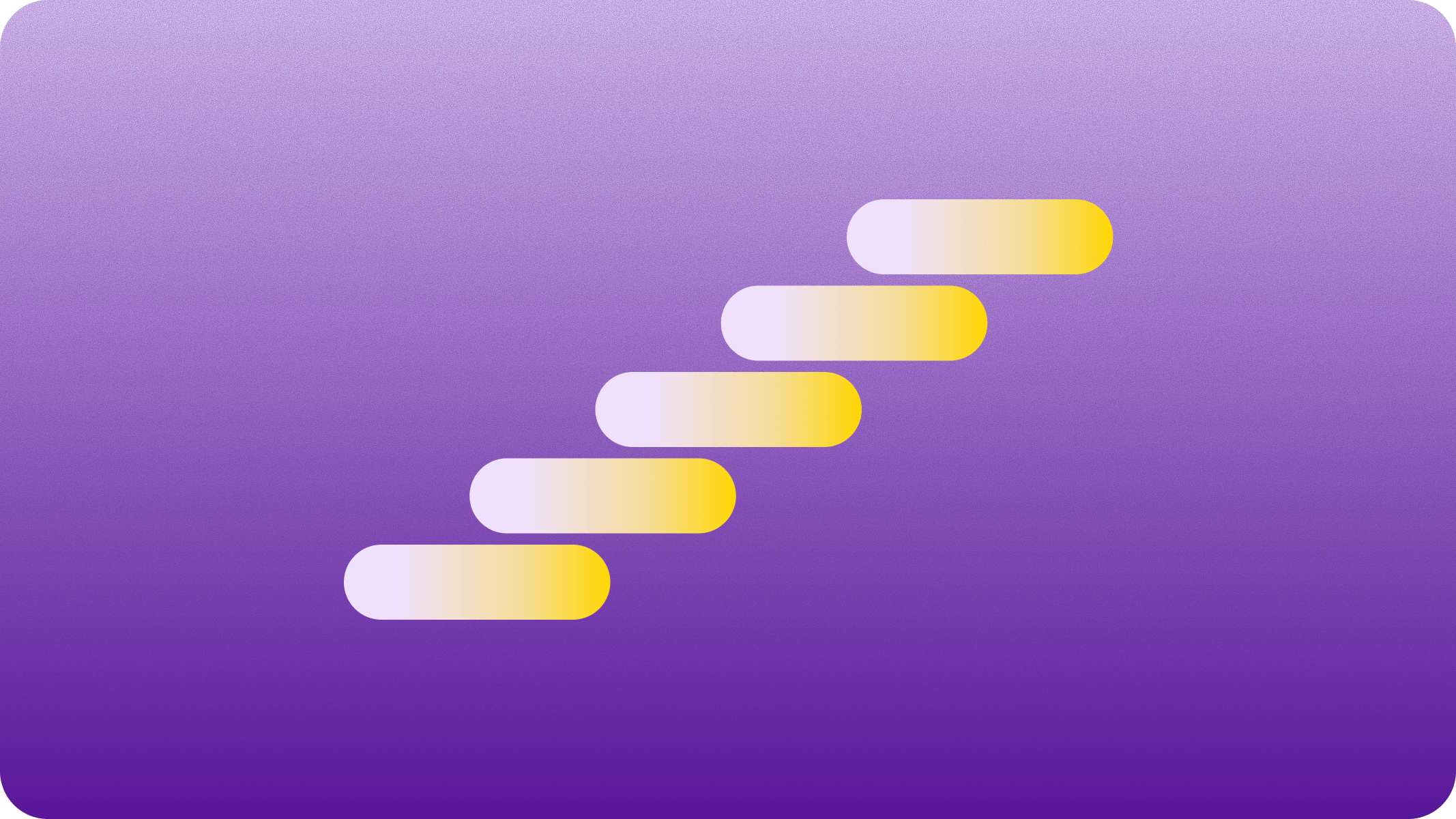How to write an interview article: A step-by-step guide

Summary
- Journalistic interviews uncover truths and shape public opinion through strong storytelling.
- Different formats: news, feature, profile, and investigative — each serve unique purposes.
- Success comes from neutrality, good questions, and active listening.
- Tools like Good Tape make accurate transcription fast and effortless.
A detailed tutorial of writing an article
Writing an article requires both creative and technical expertise in order to present facts, concepts, or viewpoints in a clear and interesting manner. It also requires the writers to follow a few essential procedures, regardless of whether it’s for a newspaper, blog, magazine, or academic publication.
These steps help in organising thoughts, ensuring clarity, and engaging your target audience effectively.
- Selecting a topic: Pick a topic that interests, corresponds to, and is relevant to your audience.
- Research: Compile facts, figures, and viewpoints to create a solid article base.
- Drafting an outline: Organise your writing to guarantee that the ideas flow naturally.
- Writing the introduction: Create a captivating start that establishes the article’s tone and explains its goal.
- Developing the body: Provide information, examples, and analysis to support your points.
- Conclusion: Summarise the main points and provide a closing thought or call to action.
- Editing and revising: Edit your work to improve its grammatical correctness, consistency, style, and clarity.
- Citation of sources: Give due credit to the information’s original sources.
When writing an article that is reliable, engaging, and informative all at once, every step counts.
Getting started with the interview article writing process
Getting started with an interview article can feel a bit like being a detective – you’re building a narrative, one answer at a time. Writing an interview article requires understanding of the format and making full use of the audio resources.
Moving forward, we’ll outline how to turn your interviews from a straightforward discussion into an engaging, polished piece. How to write an article based on an interview is quite different from how a general article is written. We’ll look at research and preparation strategies, examine interview article structure, and provide advice on how to conduct the actual interview.
These tips will assist you in how to write an interview article, regardless of your level of experience as a journalist or as an interviewer.
Understanding the interview article format
The structure of an interview article is crucial for effectively conveying the interviewee’s voice and story. Important components of this format consist of:
- Introduction: Introduce the interviewee, giving context about their background and why they are a subject of interest.
- Segment the article: The article should be divided into sections based on the themes or subjects discussed in the interview. This aids in the logical arrangement of the content.
- Formatting the Q&A section: Presenting the questions and answers in a clear manner. You may either paraphrase this for clarity or use a direct Q&A style.
- Quotations: Use direct quotes to make an impression and to show the interviewee’s character and voice.
- Conclusion: Recap the most important learnings or conclusions from the conversation.
Research and preparation
Choosing the appropriate interviewee is essential. Select a person who can offer useful insight and is associated with the subject. To create thoughtful and interesting questions for the interview, thoroughly investigate the topic and the interviewee’s background before the meeting.
Here’s a general guide to prepare for an interview to get started with the article:
- Raise unrestricted questions to get in-depth answers.
- Combine factual queries with questions that generate personal narratives or viewpoints.
- To ensure that the conversation continues, prepare more questions than you think you’ll want to ask.
If you’re going for a journalistic interview, then you can read more about it here.
Millions of users trust Good Tape
Find out why. Join us today.
The interview process
A good interview takes planning as well as flexibility. There are certain things you should make sure to do and a few things you should be avoiding. We’ve listed down a few basics of those for you to consider.
Advice on interview strategies:
- Establish a welcoming atmosphere for the interviewee.
- Engage in active listening and pursue interesting topics.
- Be kind and considerate of the interviewee’s comfort level when asking questions.
Common errors to avoid:
- Steer clear of biassed or leading questions.
- Avoid staying in a predetermined direction
- Stay quiet during the interviewee’s speech.
To expedite your interview analysis stage post interviewing, you can employ transcription tools. Learn how to transcribe interviews for qualitative research so that you can start the structuring and writing without having to listen to the audio repeatedly for analysis.
The complete guide to structuring and writing an interview article
Have you ever wondered what makes some interview articles stand out, compelling you to read every word, while others barely hold your attention? In this section, we’ll explore the art of structuring and writing an interview article that not only informs but also captivates.
If you’re still wondering how to write an article based on an interview then we’ve got more guidelines up ahead.
How to structure an interview article
The way your interview article is organised may have a big impact on how readers interact with it. An article with better readability should contain:
- Compelling introduction: A captivating beginning should grab the reader’s attention from the first. Give background information on the person being interviewed as well as the interview’s setting. Set the stage for what’s coming.
- Body passages: Arrange the article’s body according to a theme or time period. Every segment needs to concentrate on an individual aspect of the interviewee’s answers or a distinct subject covered throughout the conversation.
- Conclusion: Conclude the article by repeating the main ideas and perhaps offering any reflections on the wider takeaways or new perspectives from the interview.
Crafting an engaging article
To maintain readers’ interest:
- Use quotations wisely: Include direct quotes in your writing to give it personality and authenticity. Quotes may accentuate important ideas and provide a personal touch.
- Change the sentence form: To keep the reader interested, alternate between brief, snappy sentences and longer, more detailed ones.
- Follow the red thread: Ensure that your content follows a narrative flow that leads the reader from one idea to the next.
- Add personality: Adding a little personality or a distinct voice might make the piece more relatable and interesting, depending on the readership and the topic matter.
Editing and proofreading
In order to make sure your work is error-free, clear, and precise, editing and proofreading are essential. Here are some steps you can take to make sure your writing is error-free:
- Examine the larger picture while editing for content. Does the article make sense? Are there any parts that are off-topic or require greater clarification?
- Make sure your tone is constant and your phrases are understandable. Look for technical terms or jargon that might mislead readers.
- When proofreading, pay attention to punctuation, grammar, and spelling mistakes. It’s usually preferable to do this after setting aside some time to read the material again so you can approach it objectively.
Remember that a well-proofread and edited article raises your reputation as a writer in addition to making it easier to read.
Trusted by professionals and teams at
Want to read more?
Check out these related resources
Help center (FAQ)
What makes a great interviewer?
Someone who listens more than they talk. Great interviewers are curious, empathetic, and always well-prepared.
How should I prepare for an interview?
Research your interviewee, define your goal, and write a mix of open and probing questions. Preparation makes the conversation flow naturally.
What should I avoid during an interview?
Avoid interrupting or rushing answers. Don’t stick too rigidly to your question list — flexibility often leads to better insights.
Is Good Tape free to use?
Yes. Good Tape offers a free plan so anyone can start transcribing without a credit card. Test in and upgrade to Pro later.
Why should I use Good Tape?
It’s built for accuracy, speed, and simplicity. Helping you focus on storytelling instead of manual transcription.
Is Good Tape secure?
Yes. Good Tape provides secure and accurate transcriptions that you can rely on. We are fully GDPR compliant. We will never train on your data. Your data is yours and you remain in control.
How can I make my interviewee comfortable?
Start with light conversation, choose a neutral space, and explain what the interview will be used for. A relaxed person gives better answers.
Should I record the interview?
Always. Recording ensures accuracy and lets you focus on the conversation instead of note-taking. You can use the Good Tape app on Android or iOS.
Secure transcription for interviews
Discover reliable audio to video transcription


